Disaster Preparedness - How to Make Your Home Disaster-Proof
In today's unpredictable world, being prepared for disasters is not just a good idea; it's essential. Whether it's a natural calamity like a hurricane, earthquake, or flood, or a man-made event such as a fire or chemical spill, the impact can be devastating. Understanding how to make your home disaster-proof can significantly enhance your family's safety and security. It's not just about having a plan; it's about being proactive and taking tangible steps to mitigate risks. This article explores essential strategies and practical steps that can help you fortify your home against various disasters, ensuring that you and your loved ones are well-protected.
Before diving into preparations, it's crucial to understand the different types of disasters that can occur. Natural disasters, such as hurricanes, tornadoes, floods, and earthquakes, can strike with little to no warning. On the other hand, man-made disasters like fires, terrorist attacks, and industrial accidents can also pose significant threats. By recognizing the potential risks in your area, you can tailor your preparedness efforts accordingly. For example, if you live in a flood-prone zone, investing in waterproofing measures and an emergency evacuation plan is critical. Similarly, if wildfires are a concern, creating defensible space around your home is vital. Awareness is the first step to effective preparedness.
Having a well-thought-out emergency plan can be the difference between chaos and calm during a disaster. Start by gathering your family to discuss what to do in various emergency scenarios. Make sure everyone knows the evacuation routes and how to reach designated safe locations. Your plan should include communication strategies—how will you contact each other if separated? Consider creating a group chat or using an app to stay connected. Additionally, designate meeting points outside your home, such as a neighbor's house or a local park, where everyone can regroup safely. Remember, the more detailed your plan, the better prepared you'll be.
Effective communication during a disaster can save lives. Establishing reliable communication channels among family members is essential. Make sure everyone knows how to use emergency communication tools, whether it's a simple text message or a specialized app designed for emergencies. In a world where cell towers may go down, consider investing in two-way radios or satellite phones, which can operate independently of traditional networks. Regularly practice your communication plan, so it becomes second nature when the unexpected occurs.
In the digital age, technology plays a crucial role in disaster preparedness. There are numerous apps and platforms that provide real-time alerts and updates during emergencies. For instance, weather apps can notify you of severe weather warnings, while community alert systems can inform you of local emergencies. Make it a habit to check these sources regularly, and ensure that notifications are enabled on your devices. Staying informed is your first line of defense in any disaster scenario.
Choosing safe meeting points for your family can facilitate quick reunions during chaotic situations. It’s easy to get disoriented when a disaster strikes, so having pre-selected locations can save time and reduce anxiety. Consider designating a few different spots based on the scenario. For example, if you need to evacuate quickly, a nearby friend’s house might be ideal. If it’s safe to stay put, the front yard or a specific tree in the park could serve as a great spot to gather. Make sure everyone knows these locations and practices how to get there.
An emergency kit is essential for survival during disasters. It should be stocked with all the necessary items you might need. Here’s a quick checklist of items to include in your kit:
- Water (one gallon per person per day for at least three days)
- Non-perishable food (three-day supply)
- Flashlight and extra batteries
- First aid kit
- Whistle (to signal for help)
- Dust mask (to help filter contaminated air)
- Moist towelettes, garbage bags, and plastic ties (for personal sanitation)
- Manual can opener (for food)
- Local maps
- Cell phone with chargers and a backup battery
Regularly check and update your kit, especially if you have children or pets, as their needs may change. Keeping your emergency kit ready and easily accessible can make all the difference when time is of the essence.
Regular home safety assessments help identify vulnerabilities that could be exploited during a disaster. Walk through your home and yard, looking for potential hazards. Is your roof in good shape? Are your windows and doors secure? Does your property have proper drainage to prevent flooding? Use a checklist to evaluate your home’s safety features and necessary upgrades. By proactively addressing these issues, you can significantly reduce the risk of damage when disaster strikes.
Learn effective methods for securing your property against potential threats. Installing sturdy doors and windows, using deadbolts, and reinforcing entry points can deter break-ins. Additionally, consider investing in security cameras and motion-sensor lights to enhance your home's safety. For natural disasters, securing outdoor furniture and installing storm shutters can prevent damage during severe weather. Remember, a secure home is a safe home.
Understanding how to reinforce your home’s structure can significantly reduce damage during disasters. This might include retrofitting your home for earthquakes, adding hurricane ties to your roof, or ensuring your foundation is strong enough to withstand flooding. Consulting with a professional can provide insights into the best improvements for your specific home and location. Investing in your home’s structural integrity is a long-term safety strategy that pays off when disaster strikes.
Leveraging community resources can enhance your preparedness efforts. Many local organizations provide valuable information, training, and support during disasters. Reach out to your local emergency management office or community center to learn about available resources. They often hold workshops on disaster preparedness and can connect you with other community members who share your concerns. Building a network of support can make a significant difference when facing a crisis.
Engaging with local preparedness groups can provide valuable training and resources. These communities often organize drills, share information on best practices, and offer emotional support during tough times. Finding and joining these groups can significantly improve your disaster readiness. Plus, you’ll meet like-minded individuals who are just as committed to keeping their families safe.
Understanding how to access emergency services during a disaster is crucial. Familiarize yourself with local emergency numbers and services. Keep this information handy and ensure everyone in your family knows how to reach out for help when needed. In many cases, having a plan for quick assistance can make all the difference in a crisis.
Q: What should I include in my emergency kit?
A: Your emergency kit should include water, non-perishable food, a flashlight, a first aid kit, and important documents, among other essentials.
Q: How often should I review my emergency plan?
A: It's a good idea to review your emergency plan at least once a year or whenever there are significant changes in your family or living situation.
Q: What are some common types of disasters I should prepare for?
A: Common disasters include hurricanes, earthquakes, floods, fires, and severe storms. Tailor your preparations based on the risks in your area.
Q: How can I stay informed during a disaster?
A: Utilize technology by downloading weather apps, signing up for local alerts, and having a battery-operated radio to stay updated during emergencies.
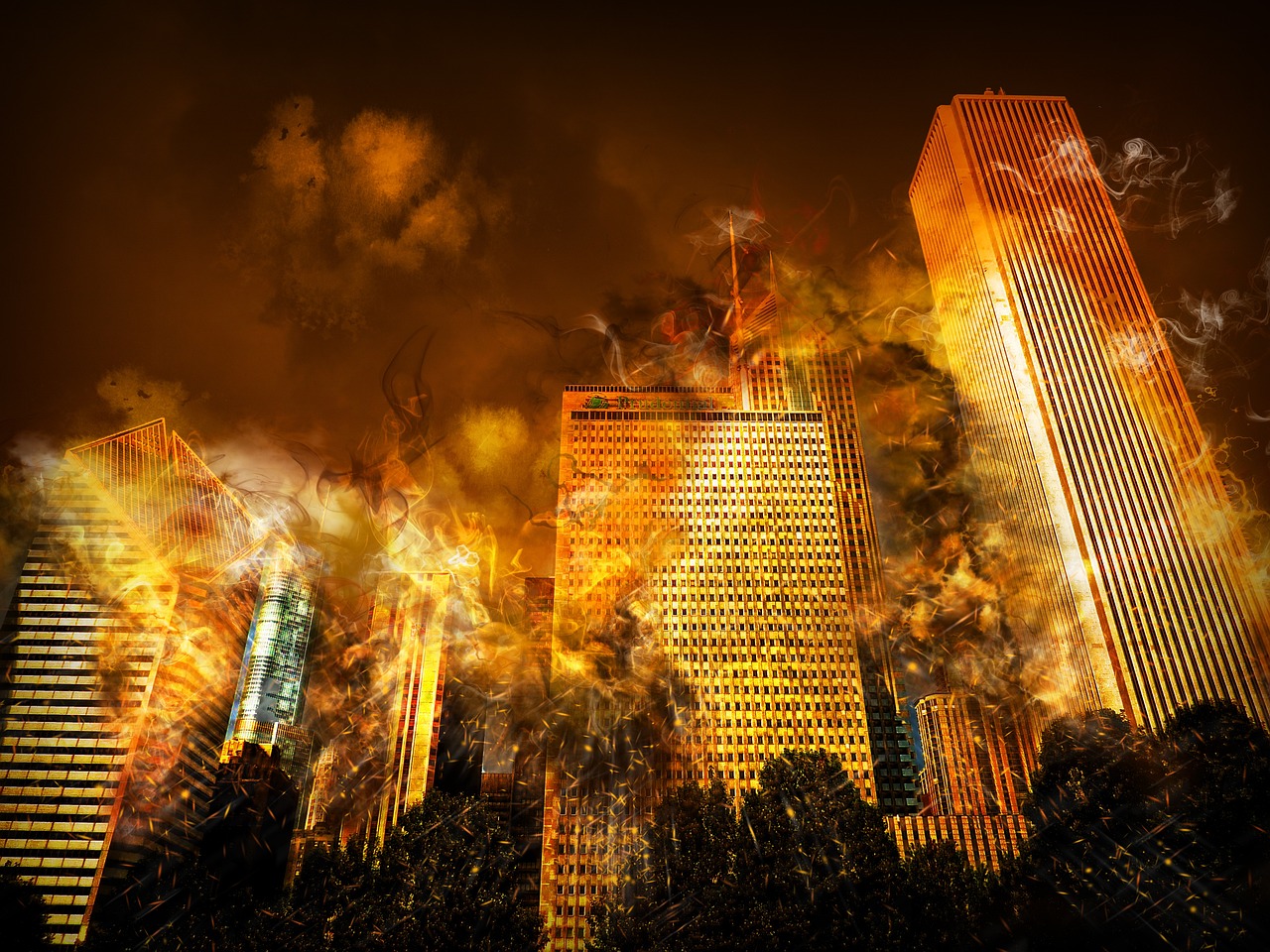
Understanding Different Types of Disasters
When it comes to disaster preparedness, knowledge is your first line of defense. Understanding the different types of disasters—both natural and man-made—can significantly enhance your ability to respond effectively when the unexpected strikes. Think of it this way: just as a soldier wouldn’t go into battle without knowing the terrain, you shouldn’t face disasters without a clear understanding of what you might encounter.
Natural disasters are often the most talked about, and they can range from the predictable to the utterly unpredictable. Consider the following common types:
- Earthquakes: These sudden shakes can happen without warning, leading to significant structural damage and personal injury.
- Floods: Heavy rains or melting snow can cause rivers to overflow, impacting homes and infrastructure.
- Hurricanes: Powerful storms that can bring strong winds, heavy rain, and storm surges, devastating coastal areas.
- Tornadoes: These violent windstorms can occur with little notice, destroying everything in their path.
- Wildfires: Often fueled by dry conditions and wind, these fires can spread quickly, threatening homes and lives.
On the other hand, man-made disasters can be just as devastating, if not more so. These disasters often stem from human error or malicious intent, and they can disrupt lives and communities in profound ways. Some examples include:
- Industrial Accidents: Chemical spills or explosions in factories can lead to immediate danger and long-term environmental issues.
- Acts of Terrorism: Deliberate attacks can cause chaos and fear, impacting not just immediate victims but entire communities.
- Cyber Attacks: In our digital age, attacks on critical infrastructure can disrupt services and compromise personal data.
Each type of disaster comes with its own set of challenges, and being aware of them allows you to tailor your preparedness strategies accordingly. For instance, if you live in a flood-prone area, investing in flood insurance and elevating your home might be wise. Conversely, if you reside in a region susceptible to earthquakes, retrofitting your home to withstand seismic activity could save lives.
In addition to understanding the types of disasters, it's essential to recognize the potential impact they can have on your community. The aftermath of a disaster can lead to emotional distress, economic hardships, and long-lasting changes in the local landscape. By being proactive and preparing for the worst, you not only safeguard your family but also contribute to the resilience of your entire community.
In summary, understanding the various types of disasters is a crucial step in your preparedness journey. It’s not just about knowing what might happen; it’s about being ready to face it head-on. Remember, the more informed you are, the better equipped you'll be to protect your loved ones and your home.
- What is the most common type of disaster? Natural disasters like floods and hurricanes are among the most common, depending on your geographical location.
- How can I prepare for a disaster? Start by creating an emergency plan, assembling an emergency kit, and securing your home against potential threats.
- Are man-made disasters preventable? While not all man-made disasters can be prevented, many can be mitigated through regulations, safety protocols, and community awareness.
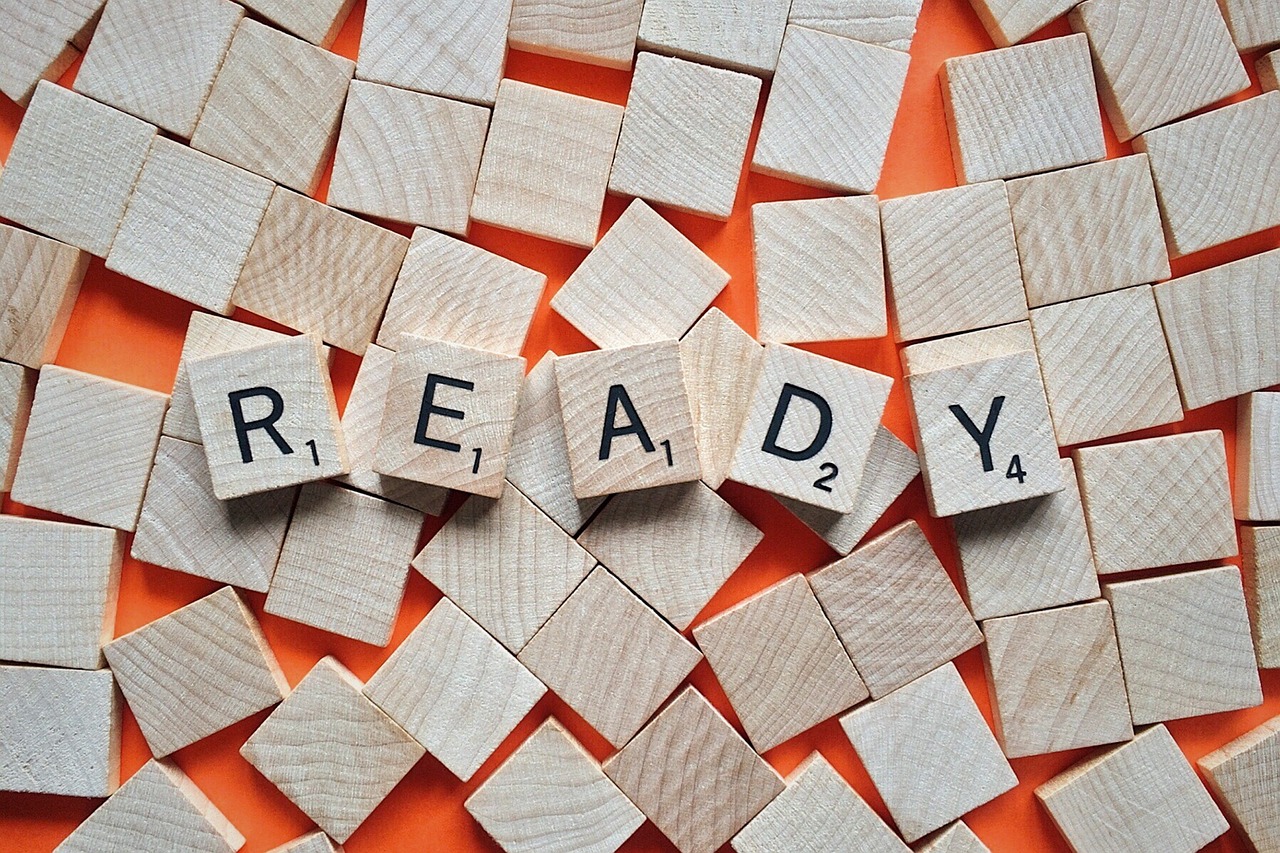
Creating an Emergency Plan
When it comes to disaster preparedness, creating an emergency plan is not just a good idea; it's essential. Imagine waking up to the sound of sirens or the ground shaking beneath you. In those moments of chaos, having a solid plan can make the difference between panic and a measured response. So, what should your emergency plan include? Let's break it down into manageable parts to ensure you and your loved ones are ready for anything that comes your way.
First and foremost, communication is key. You need to establish how your family will stay in touch during a disaster. This means designating a point person—someone outside of your immediate area who can relay messages. Think of this person as your family's lifeline. In the whirlwind of a disaster, phones may not work, but having a reliable contact can help keep everyone informed. You might also want to set up a group chat or use apps that allow for messaging even when cellular networks are down.
Next, consider your evacuation routes. It's crucial to know not just one, but several ways to leave your home and community. If a wildfire is approaching, for instance, you may need to take a different route than usual. Familiarize yourself with local maps and have a plan for where to go. Whether it’s a friend’s house, a community center, or a designated shelter, knowing your options can save precious time. You can even create a simple map of your evacuation routes and keep it handy.
Another critical aspect of your emergency plan is to designate meeting points. In the chaos of a disaster, it’s easy to lose sight of one another. By pre-selecting safe locations, you can ensure that everyone knows where to go if you become separated. These locations should be easily accessible and known to all family members. For example, you might choose a nearby park or a neighbor's house as a designated meeting spot. Make sure to practice this plan regularly so that it becomes second nature.
Finally, it’s essential to keep your emergency plan updated. Life changes, and so do the needs of your family. Perhaps a new child has joined your household, or maybe you’ve moved to a different area. Regularly reviewing and practicing your plan will help ensure that everyone remembers what to do when the time comes. You can create a simple checklist of items to review and update, ensuring that your family is always prepared.
In summary, creating an emergency plan involves clear communication, knowing evacuation routes, designating meeting points, and keeping everything updated. By taking these steps, you’re not just preparing for disasters; you're also fostering a sense of security and confidence within your family. Remember, the goal is to turn chaos into control, ensuring that when disaster strikes, you and your loved ones are ready to face it together.
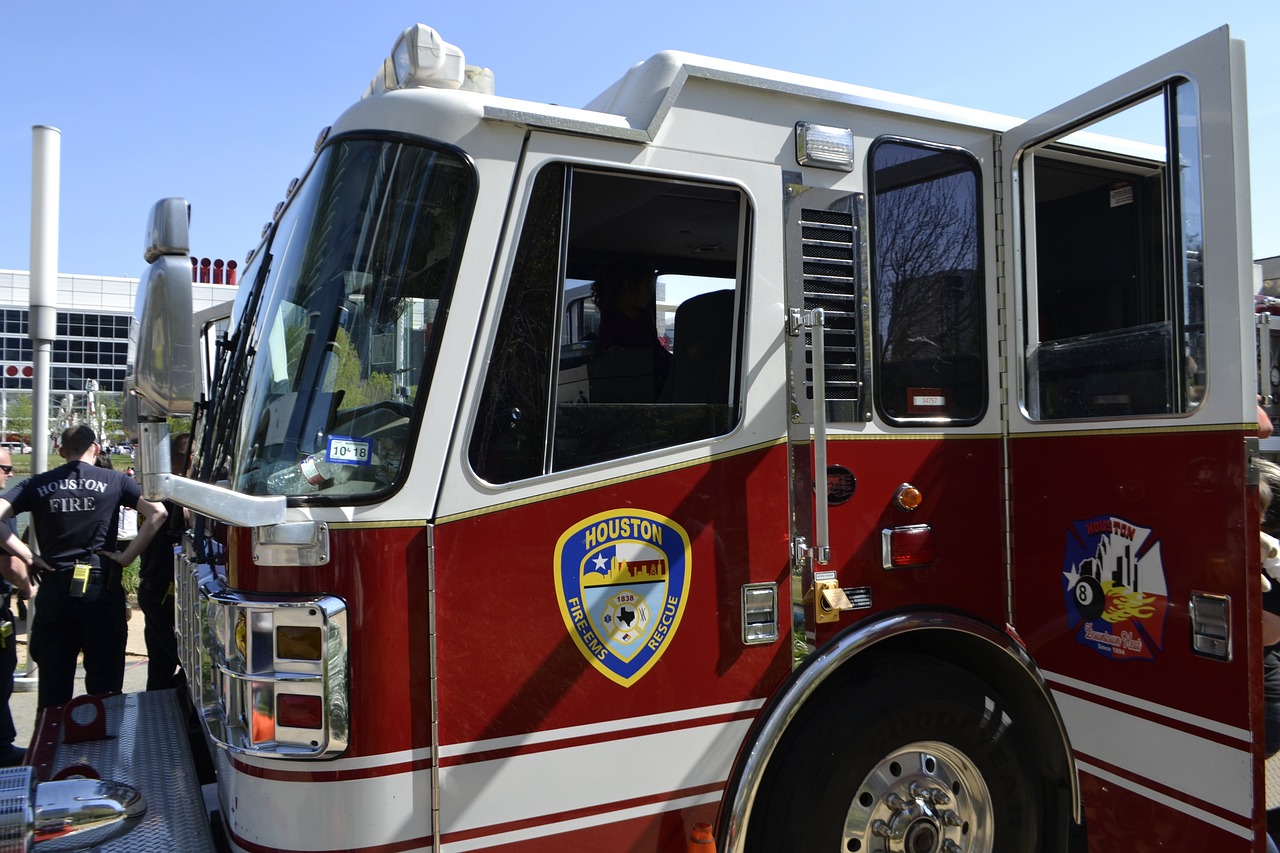
Establishing Communication Channels
When disaster strikes, having a solid communication plan can mean the difference between chaos and calm. Imagine a scenario where a natural disaster has just occurred—your heart races, and your mind is flooded with questions. Where are your loved ones? How do you get in touch? This is why establishing effective communication channels before a crisis is not just a good idea; it’s essential for ensuring everyone’s safety.
First, consider the importance of having a designated family contact. This person should be someone outside your immediate area, as they may be more reachable when local communication lines are down. Make sure every family member knows who this person is and how to contact them. This way, if you get separated, you can check in through this central point.
Next, let’s talk about the technology that can help keep you connected. There are numerous apps and platforms designed for emergency situations. For example, apps like GroupMe or WhatsApp allow for group messaging, which can be invaluable when trying to coordinate with multiple family members. Moreover, social media platforms can serve as a way to update friends and family about your status. Just remember, in the heat of the moment, you may not have time to figure out how to use a new app, so consider downloading and testing these tools before a disaster strikes.
Another vital aspect of your communication plan should include emergency numbers. Create a list of important contacts, such as local emergency services, hospitals, and nearby friends or relatives. Make sure this list is accessible to everyone in your household. You can even print it out and keep it in your emergency kit or attach it to your refrigerator.
In addition to these strategies, it’s wise to establish a few pre-arranged messages that family members can send if they’re unable to talk. For instance, a simple text like “I’m safe” or “I need help” can convey crucial information quickly. This can be particularly useful if phone lines are congested and you can only send brief texts.
Lastly, consider the importance of regularly scheduled family meetings to discuss your communication plan. These meetings can serve as a refresher on how to use the tools at your disposal, review emergency contacts, and even role-play scenarios to ensure everyone knows what to do in a crisis. It’s not just about having a plan; it’s about making sure everyone is on the same page and feels confident in executing it.
By taking these steps to establish reliable communication channels, you’re not just preparing for a disaster—you’re empowering your family to respond effectively and keep each other safe. Remember, in times of uncertainty, clear and consistent communication can provide a sense of security that is invaluable.
- What should I do if I can't reach my family during a disaster? - Try contacting your designated family contact or use social media to update your status.
- How often should I review my communication plan? - It's a good idea to review your plan at least once a year or after any significant changes in your family situation.
- Are there specific apps you recommend for emergency communication? - Apps like GroupMe, WhatsApp, and even Facebook can be useful for group communication during emergencies.
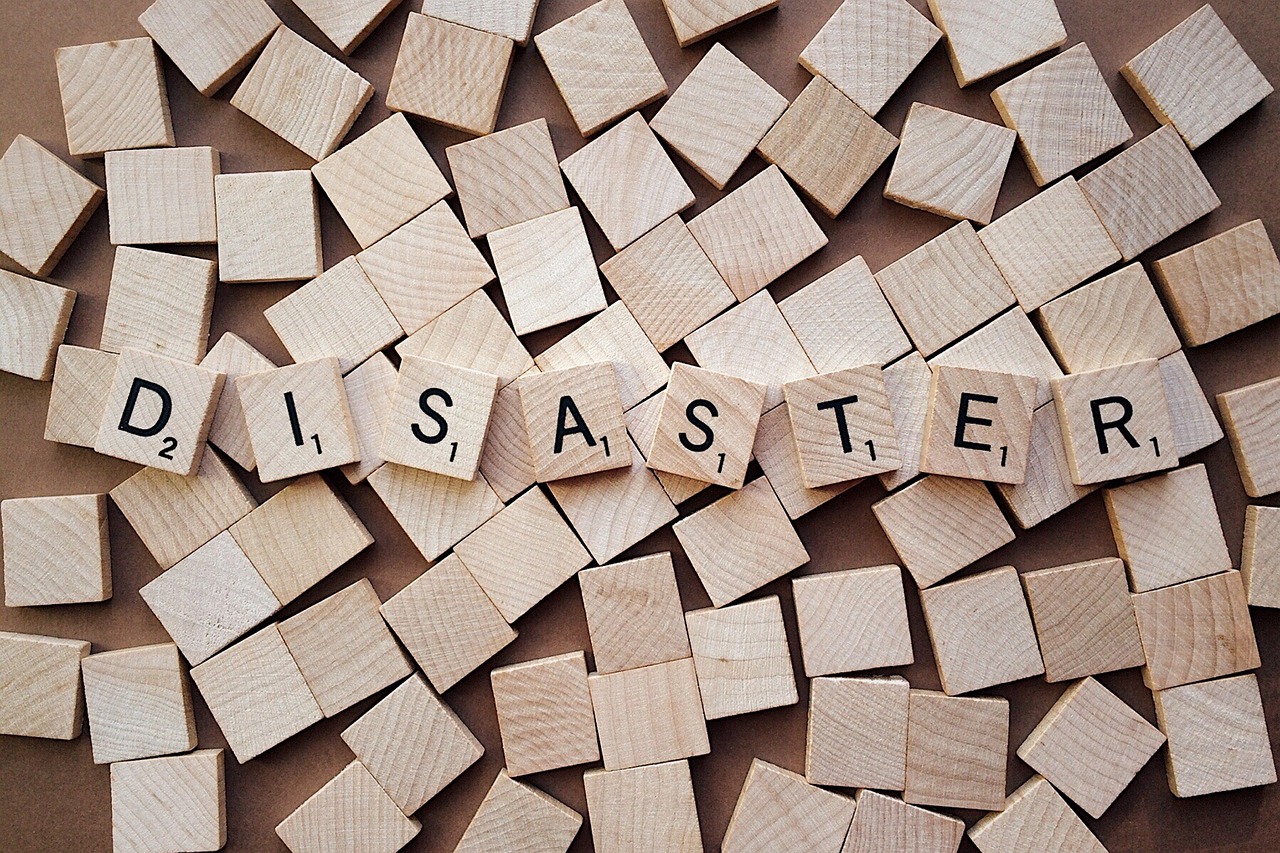
Using Technology for Alerts
In today's fast-paced world, technology plays a pivotal role in keeping us informed and prepared, especially during emergencies. Imagine receiving a timely alert just moments before a severe storm hits your area. This kind of proactive communication can make all the difference between safety and chaos. So, how can you harness the power of technology to stay alert during disasters? Let's dive into some of the most effective tools and applications available.
First and foremost, **weather apps** are your best friends when it comes to staying informed about impending disasters. These apps provide real-time updates on weather conditions, severe weather warnings, and even radar imagery. Popular options like the Weather Channel App and AccuWeather not only offer alerts but also allow you to customize notifications based on your location. This means you can receive alerts specific to your neighborhood, ensuring you're always in the loop.
Another crucial piece of technology is the **Emergency Alert System (EAS)**, which is used by government agencies to disseminate critical information during emergencies. This system sends alerts via television, radio, and even mobile devices. In fact, many smartphones now come equipped with a feature that allows you to receive alerts from the EAS. This means that even if you're away from home, you can still be informed about emergencies happening in your area.
Moreover, don't underestimate the power of **social media**. Platforms like Twitter and Facebook are often the first places where news breaks. Following local news stations or official government accounts can provide you with real-time updates. You can also join community groups where members share information about local emergencies, helping you stay connected with your community during a crisis.
To take it a step further, consider investing in a **weather radio**. These devices are designed to receive NOAA Weather Radio signals, which broadcast continuous weather information and emergency alerts. Unlike regular radios, weather radios can alert you even when the power is out, making them an invaluable resource during disasters.
Lastly, don't forget about the **alert systems** offered by local governments. Many municipalities have their own alert systems that send text messages or emails about emergencies, road closures, and other important information. Signing up for these alerts can ensure you're one of the first to know about any potential threats.
In summary, utilizing technology for alerts is not just a convenience; it's a necessity in today’s world. By leveraging weather apps, emergency alert systems, social media, weather radios, and local alert systems, you can significantly enhance your preparedness for disasters. Remember, when it comes to safety, being informed is half the battle won!
- What types of alerts can I receive through weather apps? Weather apps typically provide alerts for severe weather warnings, watches, and updates on ongoing weather conditions.
- How do I sign up for local emergency alerts? You can usually sign up for local emergency alerts through your city or county’s official website. Look for a section dedicated to public safety or emergency management.
- Are weather radios worth the investment? Absolutely! Weather radios can provide critical information during power outages, making them a reliable source of emergency updates.
- Can social media really help during emergencies? Yes, social media can provide real-time updates and information shared by community members and local authorities, making it a valuable tool during crises.

Designating Meeting Points
When disaster strikes, chaos often reigns, making it challenging to locate loved ones. This is where the importance of comes into play. By having predetermined locations where your family can regroup, you can significantly reduce the stress and confusion that accompanies emergencies. Think of it as your family’s safety beacon, guiding each member back to a safe harbor amidst the storm.
First things first, it’s essential to choose locations that are safe and accessible. For instance, consider public parks, community centers, or even a neighbor’s house that you trust. The key is to select spots that are easy to remember and reachable on foot or by vehicle, depending on the situation. You might want to establish a primary meeting point and a secondary one in case the first is compromised. This way, you have a backup plan in place, just like having a spare tire in your car—always good to have, even if you hope never to use it.
Next, it’s crucial to communicate these locations to everyone in your household. Gather your family and discuss the meeting points, ensuring that everyone understands where to go and how to get there. You could even create a simple map that marks these locations, which can be a fun activity for kids and a great way to reinforce the importance of the plan. Remember, in times of panic, clear communication can be the difference between safety and uncertainty.
In addition to choosing physical locations, consider the timing of your reunions. In the chaos of a disaster, people might instinctively head to the designated meeting point, but it’s also important to establish a timeframe for when to wait before taking further action. For example, if someone doesn’t arrive within a set period, what should the rest of the family do? This is where having a plan can help prevent miscommunication and unnecessary worry.
Finally, practice makes perfect! Regularly review your meeting points and conduct drills so that everyone knows what to do when the time comes. Just like fire drills at school, these practices can help cement the knowledge in everyone's mind, ensuring that when disaster strikes, your family can act swiftly and confidently. By preparing together, you’re not just enhancing your safety; you’re also fostering a sense of unity and resilience that will carry you through any challenge.
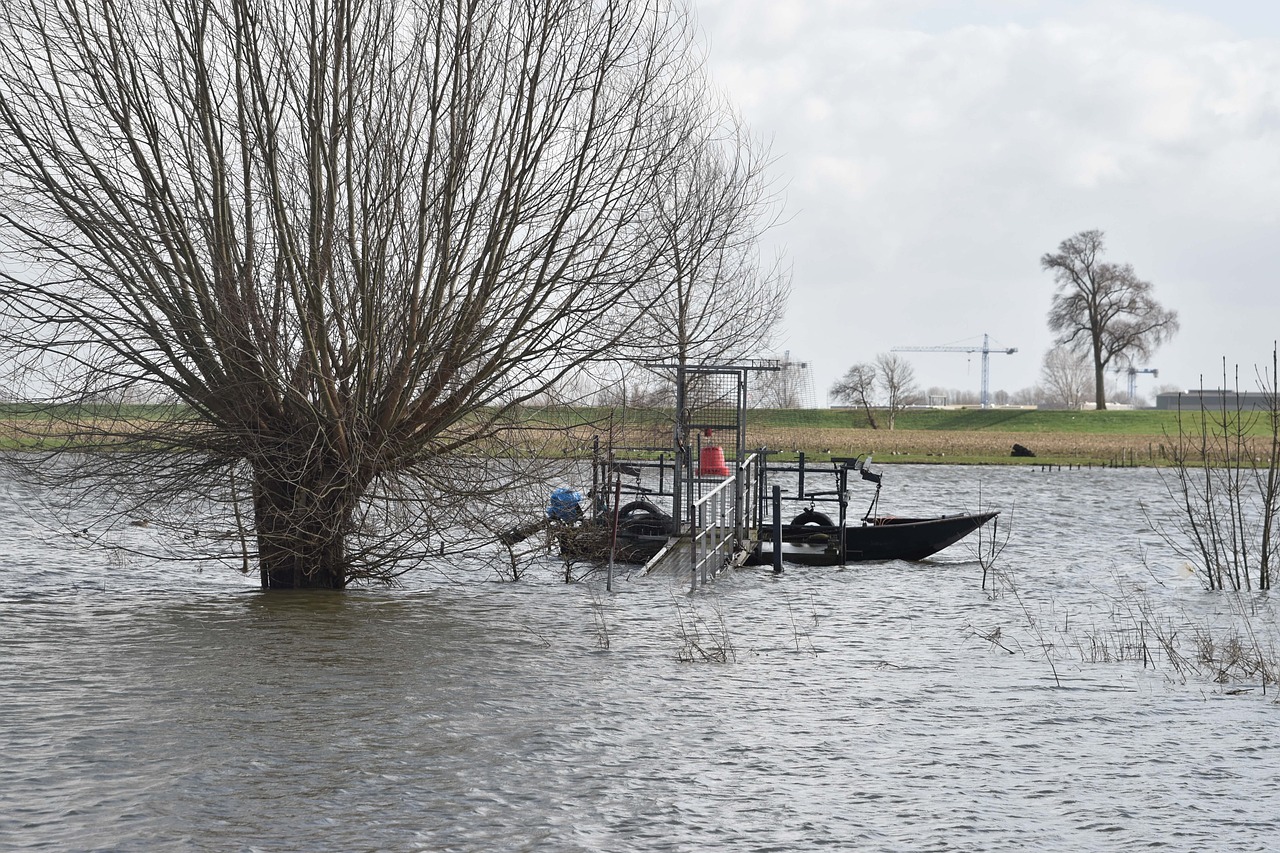
Preparing an Emergency Kit
When disaster strikes, having an emergency kit can be the difference between chaos and calm. Imagine being prepared, with all your essentials at your fingertips, ready to face whatever comes your way. An emergency kit is not just a collection of items; it's your lifeline during unforeseen events. So, what should you include in this vital kit? Let’s break it down.
First and foremost, think about the basics. Your emergency kit should contain essential supplies that can sustain you and your family for at least 72 hours. This includes food, water, and medications. Non-perishable food items like canned goods, energy bars, and dried fruits are great choices. Remember, you want items that are easy to consume and require minimal preparation. Water is equally important; aim for at least one gallon per person per day. Don't forget to consider any special needs for infants or pets as well!
In addition to food and water, you should also pack a first aid kit. This kit should include bandages, antiseptics, pain relievers, and any personal medications. It’s essential to regularly check and update your kit to ensure that everything is within its expiration date. You wouldn’t want to find out that your only pain reliever expired last year when you need it the most!
Now, let’s talk about tools and supplies. A multi-tool, flashlight, and extra batteries can be invaluable during a power outage or when you need to make quick repairs. Consider including a whistle to signal for help if needed. Also, a local map can come in handy if you need to navigate your way to safety without relying on your phone.
It’s also wise to include some comfort items in your kit. Think about including a few personal items that can provide emotional support during stressful times, such as a favorite book or a family photo. These small comforts can make a huge difference when you're in a crisis.
Lastly, don't forget to pack important documents. Items like identification, insurance policies, and medical records should be stored in a waterproof container. In a disaster, having these documents readily available can save you a significant amount of time and stress.
To summarize, here’s a quick checklist of what to include in your emergency kit:
- Non-perishable food and water
- First aid kit and personal medications
- Multi-tool and flashlight with extra batteries
- Whistle and local map
- Comfort items and important documents
Remember, the key to a great emergency kit is not just what you include, but also how you maintain it. Regularly check and update your kit to ensure it meets your family's needs. By being proactive and prepared, you can face any disaster with confidence, knowing that you have the essentials to keep you safe and secure.
Q: How often should I check my emergency kit?
A: It's a good practice to check your kit at least twice a year to ensure all items are up to date and in good condition.
Q: What if I have specific dietary needs?
A: Customize your emergency kit to include food that meets your dietary restrictions. Always consider any allergies or special needs.
Q: Should I have separate kits for my car and home?
A: Yes! Having a kit in your car can be very helpful in case of emergencies while you're away from home.

Home Safety Assessments
When it comes to ensuring your home is disaster-proof, regular home safety assessments are absolutely essential. Think of these assessments as a health check-up for your home. Just like you wouldn’t ignore your own health, you shouldn’t overlook the safety of your living environment. By systematically evaluating your home, you can identify vulnerabilities that could put your family at risk during a disaster. Whether it’s a natural calamity like a hurricane or an unforeseen man-made incident, knowing the weak points in your home can be the difference between safety and chaos.
So, how do you conduct a thorough home safety assessment? Start by walking through each room and considering potential hazards. Look for things like:
- Loose wires that could cause electrical fires
- Heavy items stored on high shelves that could fall during an earthquake
- Blocked exits that could hinder evacuation
Once you've pinpointed these issues, it's time to take action. You might need to make some upgrades, such as installing smoke detectors, securing furniture to walls, or ensuring that all exits are clear and accessible. Remember, the goal is to create a safe haven for you and your loved ones, so don’t hesitate to invest time and resources into these improvements.
Moreover, it’s not just about identifying issues; it’s also about being proactive. Consider creating a home safety checklist that you can refer to during your assessments. This checklist can include tasks like checking the expiration dates on your fire extinguishers, testing your smoke alarms, and ensuring that your emergency kit is stocked and ready to go. Here’s a simple example of what your checklist might look like:
| Safety Item | Status | Action Required |
|---|---|---|
| Smoke Detectors | Functional/Non-functional | Replace batteries or install new ones |
| Fire Extinguishers | Charged/Expired | Recharge or replace |
| Emergency Kit | Stocked/Needs restocking | Update supplies |
Conducting these assessments isn’t a one-time task; it should be part of your regular home maintenance routine. Aim to perform a comprehensive safety assessment at least twice a year. You can even tie this into seasonal changes, making it easier to remember. For example, after spring cleaning or before winter sets in, take the time to review your home’s safety features.
In conclusion, home safety assessments are not just about checking off a list; they are about creating a secure environment for you and your family. The peace of mind that comes with knowing you’ve taken the necessary steps to protect your loved ones is invaluable. So, grab that checklist, roll up your sleeves, and start making your home a safer place today!
Q: How often should I conduct a home safety assessment?
A: It’s recommended to perform a comprehensive assessment at least twice a year, but you should also check for hazards whenever you make changes to your home or after major weather events.
Q: What should I include in my emergency kit?
A: Your emergency kit should include water, non-perishable food, a flashlight, batteries, first aid supplies, and any necessary medications. Don’t forget to include important documents and contact information!
Q: How can I reinforce my home against natural disasters?
A: Reinforcement methods vary by disaster type, but common strategies include securing your roof, reinforcing doors and windows, and elevating your home if you live in a flood-prone area.
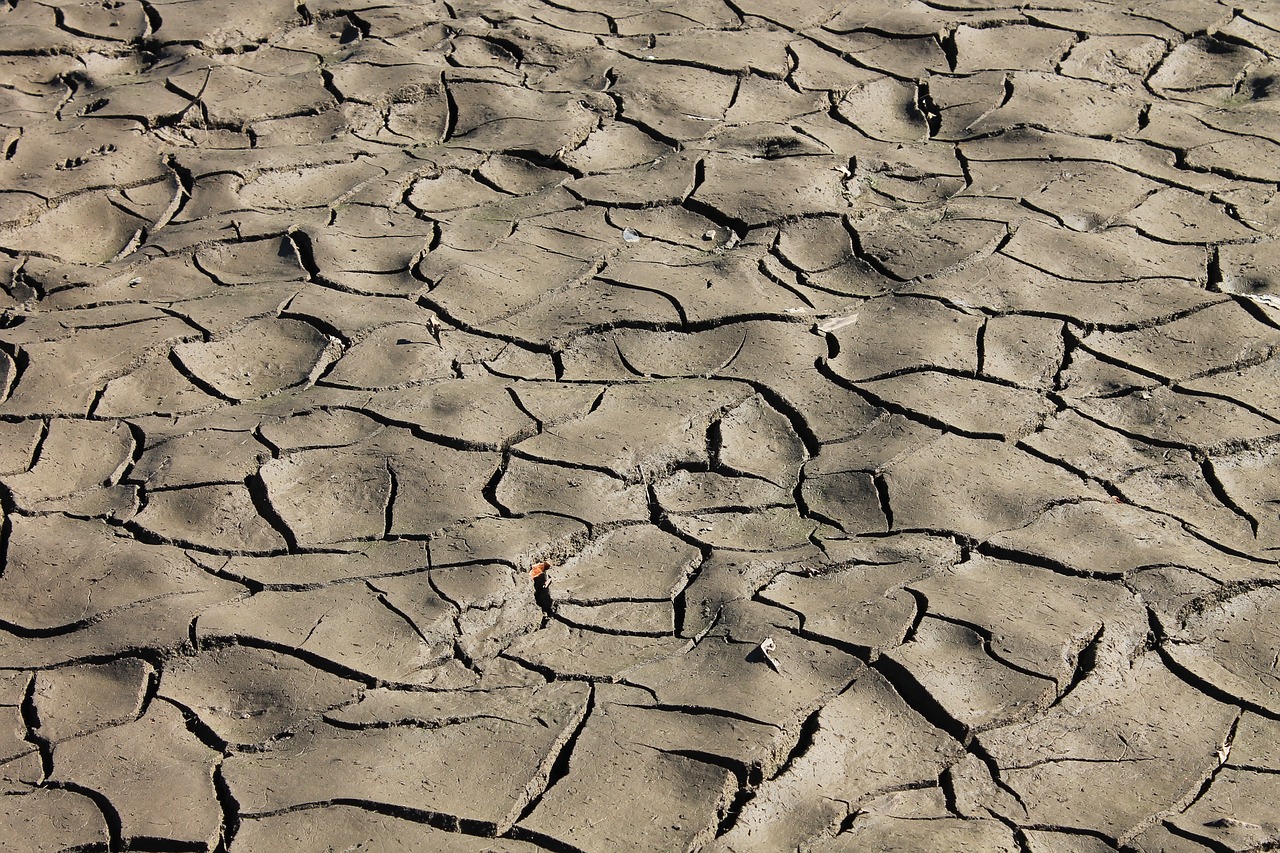
Securing Your Property
When it comes to disaster preparedness, one of the most critical aspects is . Imagine your home as a fortress, standing strong against the unpredictable forces of nature and human threats. The first step in this journey is to assess your property for vulnerabilities. Are your doors and windows sturdy? Is your roof in good condition? By addressing these questions, you can significantly enhance your home's resilience.
Start with the basics: doors and windows. Ensure that all entry points are equipped with high-quality locks. Consider installing deadbolts for added security, as they provide a stronger barrier against intruders. Additionally, reinforcing windows with security film or installing window bars can deter potential break-ins. If you live in an area prone to storms or hurricanes, think about installing impact-resistant windows. These not only protect against wind and debris but also improve energy efficiency.
Next, let’s talk about your yard. A well-maintained landscape can serve as a first line of defense. Trim back any trees or shrubs that could fall on your home during a storm. If you have large trees, consider consulting an arborist to assess their health and stability. Furthermore, securing outdoor furniture and decorations can prevent them from becoming projectiles in high winds. It’s like putting away your toys before a storm—simple, yet effective!
Another essential aspect of securing your property is the installation of a security system. Modern technology has made it easier than ever to monitor your home. Consider investing in a comprehensive system that includes surveillance cameras, motion detectors, and alarm systems. Not only do these tools provide peace of mind, but they can also alert you and emergency services in case of a break-in or disaster.
Moreover, make sure to educate your family about these security measures. Conduct regular drills to ensure everyone knows what to do in case of an emergency. It’s crucial for everyone to be on the same page, just like a well-rehearsed play where every actor knows their lines and cues. This preparation can save precious time and potentially lives when disaster strikes.
Lastly, don’t forget the importance of community. Engaging with your neighbors can create a network of support that enhances security for everyone. Consider organizing neighborhood watch programs or community preparedness meetings. Together, you can share resources, tips, and strategies for keeping your homes safe. Remember, in times of crisis, a united front can make all the difference.
- What are the most effective ways to secure my home against natural disasters?
Utilizing impact-resistant windows, securing doors with deadbolts, and maintaining your landscape are all effective strategies. - How can I involve my neighbors in our community's disaster preparedness?
Organizing neighborhood meetings, forming a neighborhood watch, and sharing resources can foster a collaborative environment. - Is a home security system worth the investment?
Absolutely! A good security system not only deters intruders but also provides alerts during emergencies.

Reinforcing Structural Integrity
When it comes to disaster preparedness, one of the most **critical** aspects is ensuring that your home can withstand the forces of nature. Reinforcing your home's structural integrity is akin to giving it a sturdy shield against potential threats. Think of your house as a fortress; if the walls are weak, even the smallest storm can breach your defenses. So, how can you bolster your home's structure effectively? Let's dive into some essential strategies.
First and foremost, consider the materials used in your home’s construction. If your home is built with wood framing, it’s important to ensure that the wood is treated and properly maintained to resist rot and pests. You might also want to explore the benefits of steel framing, which offers greater resilience against high winds and seismic activity. For homes in flood-prone areas, elevating the structure on piers or a raised foundation can significantly reduce water damage risk.
Another vital step is to assess your roof. A well-maintained roof is your first line of defense against the elements. Ensure that your roof is made of durable materials, such as metal or asphalt shingles, and regularly check for loose or damaged tiles. Additionally, installing roof straps can help secure your roof to the walls, providing extra stability during strong winds.
Windows and doors are often the weakest points in a home’s structure. Consider reinforcing these openings with impact-resistant glass or installing storm shutters. Not only do these upgrades protect against flying debris during storms, but they also enhance your home's energy efficiency. Moreover, using solid-core doors can provide better protection against intruders and harsh weather conditions.
Don’t forget about your home's foundation! A strong foundation is essential for overall stability. Regularly inspect your foundation for cracks and signs of settling. If you notice any issues, it may be wise to consult a professional to assess whether your foundation needs reinforcement. Techniques like underpinning or adding braces can significantly improve your foundation's strength.
Lastly, consider the landscape around your home. Proper drainage is crucial in preventing water accumulation that can weaken the foundation. Installing gutters and downspouts, as well as grading your yard away from the foundation, can help divert water effectively. Additionally, planting trees and shrubs strategically can act as windbreaks, reducing the impact of strong winds on your home.
In summary, reinforcing your home’s structural integrity is not just about making it look good; it’s about ensuring that it can stand strong against whatever disasters may come your way. By investing time and resources into these improvements, you’re not only protecting your property but also securing peace of mind for you and your loved ones.
- What are the best materials for reinforcing my home?
Using materials such as steel framing, impact-resistant glass for windows, and solid-core doors can significantly enhance your home's resilience. - How often should I inspect my home for structural integrity?
It's advisable to conduct inspections at least twice a year, especially before the storm season, to identify and address any potential vulnerabilities. - Can I reinforce my home without professional help?
While some tasks can be done DIY, such as maintaining your roof or checking for drainage issues, it's best to consult professionals for significant structural changes.
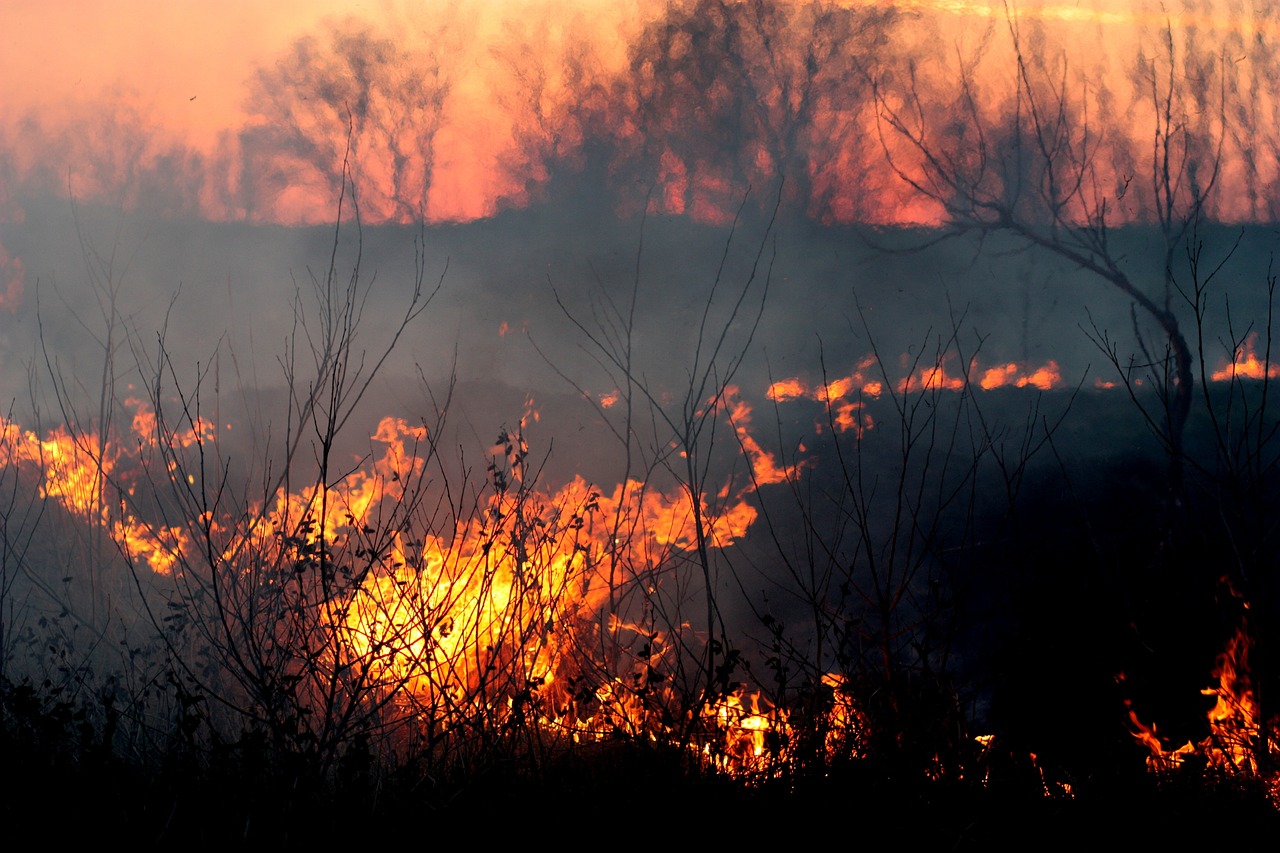
Community Resources and Support
When it comes to disaster preparedness, you don’t have to go it alone. In fact, leveraging community resources can significantly enhance your ability to respond to emergencies. Local organizations, support systems, and community groups play a crucial role in providing assistance, resources, and training that can make all the difference when disaster strikes. Think of your community as a safety net; the stronger it is, the less likely you are to fall through the cracks when you need help the most.
Many communities offer various programs aimed at educating residents about disaster preparedness. These programs often include workshops, seminars, and training sessions that cover essential topics such as first aid, emergency response, and evacuation procedures. Participating in these activities not only equips you with vital skills but also connects you with like-minded individuals who share your commitment to safety. Imagine walking into a room full of neighbors who are just as eager as you are to learn how to protect their families. It’s a powerful feeling!
Another valuable resource is local emergency management offices. These offices are dedicated to planning and coordinating disaster response efforts in your area. They can provide you with crucial information about potential hazards, evacuation routes, and emergency contacts. In many cases, they also offer free resources like disaster preparedness kits or pamphlets that outline steps you can take to safeguard your home and family. Don’t underestimate the power of being informed; knowledge is your best ally in a crisis!
Moreover, some communities have established local preparedness groups. These groups are often composed of volunteers who are passionate about helping others prepare for disasters. By joining these groups, you can benefit from their collective knowledge and experience. They may organize regular meetings, training exercises, and even community drills that simulate real-life disaster scenarios. This hands-on approach not only enhances your skills but also fosters a sense of camaraderie and support among participants. It’s like having a built-in support system that’s ready to spring into action when needed!
Additionally, don't forget to tap into social media and online platforms. Many communities have dedicated Facebook groups or websites where members share information about upcoming training sessions, local resources, and even personal experiences during emergencies. These platforms can be invaluable for staying updated on the latest news and connecting with others in your area. You might even discover a neighbor who has a wealth of knowledge to share!
In summary, the resources available in your community can significantly bolster your disaster preparedness efforts. By engaging with local organizations, participating in training programs, and joining preparedness groups, you are not only enhancing your own safety but also contributing to the resilience of your entire community. When everyone is prepared, the whole neighborhood benefits. So, take that first step—reach out, get involved, and make your community a safer place for everyone.
Q: How can I find local preparedness groups?
A: You can search online for local emergency management offices or community centers that may host preparedness groups. Social media platforms also often have groups dedicated to local safety and preparedness.
Q: What should I do if my community lacks resources?
A: If your community lacks resources, consider starting your own group or collaborating with neighbors to host training sessions. You can also reach out to local government agencies for guidance on how to initiate community preparedness programs.
Q: Are there any costs associated with joining local preparedness groups?
A: Most local preparedness groups are free to join. However, some may charge a nominal fee for materials or training sessions. Always check with the group for specific details.
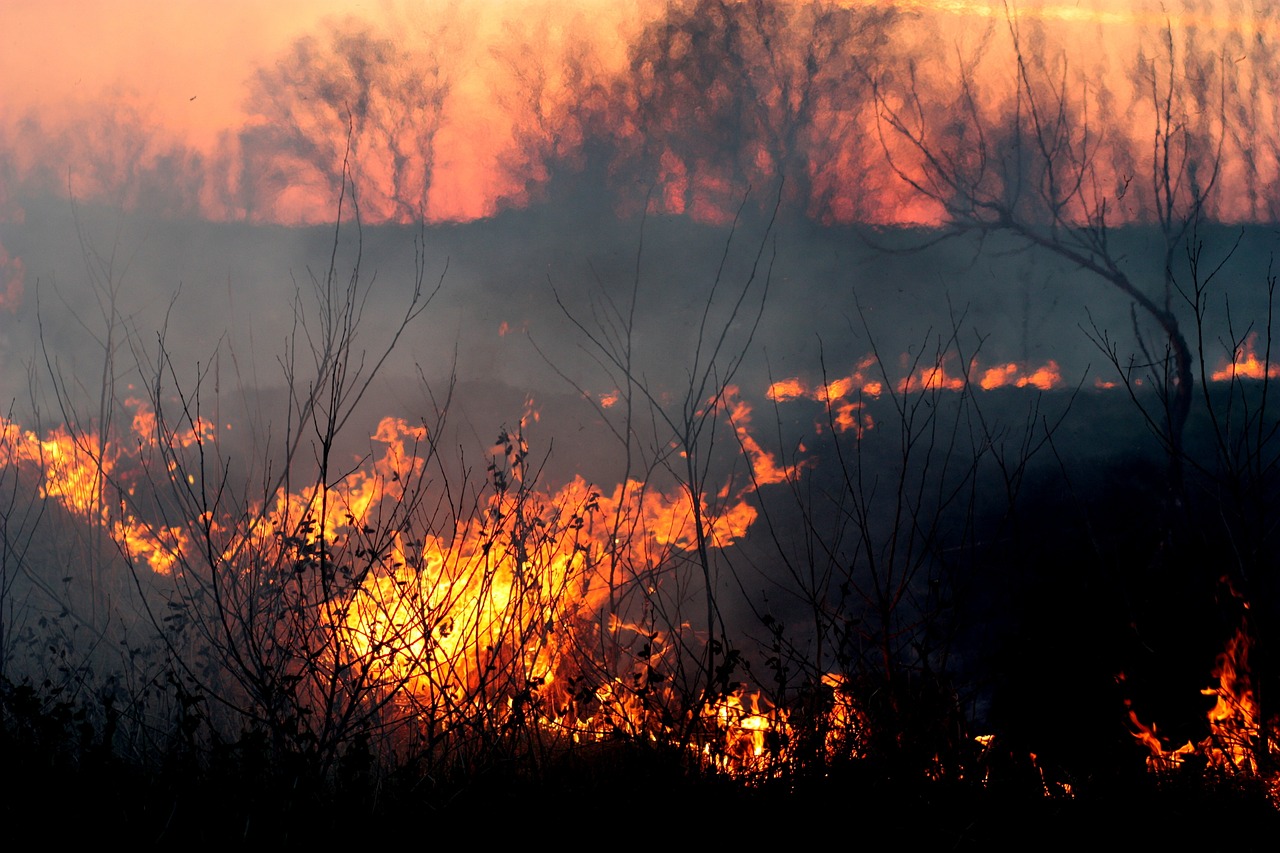
Joining Local Preparedness Groups
When it comes to disaster preparedness, one of the most effective strategies is to join local preparedness groups. These communities are not just about sharing information; they are a lifeline that can connect you with like-minded individuals who are equally committed to safety and resilience. Imagine having a network of neighbors and friends who are all focused on being ready for whatever might come their way. It’s like having a safety net that you can rely on when things get tough!
Local preparedness groups often organize training sessions, workshops, and drills that can significantly enhance your skills and knowledge. These events cover a variety of topics, from basic first aid to advanced survival techniques. By participating, you not only learn valuable skills but also build relationships with others in your community. This sense of camaraderie can be incredibly comforting during times of uncertainty.
Moreover, these groups typically have access to resources that you might not find on your own. They may offer tools, supplies, and even funding for community projects aimed at improving disaster readiness. For instance, some groups partner with local businesses or government agencies to provide resources such as emergency kits or training materials. This collaboration can be a game-changer for your preparedness efforts.
Finding a local preparedness group is easier than you might think. Start by checking online platforms like social media or community boards. Many groups have a presence on Facebook or Meetup, where they share information about upcoming events and meetings. You can also reach out to local emergency management agencies; they often have lists of active groups in your area. Don’t hesitate to attend a meeting or two to see if the group aligns with your values and goals.
In addition to enhancing your skills and resources, joining a local preparedness group fosters a sense of community. You’ll meet people from diverse backgrounds and experiences, each bringing their unique perspectives on preparedness. This exchange of ideas can spark creativity and innovation, leading to more effective disaster response strategies. Plus, you’ll likely find friends who share your passion for safety, making the process enjoyable rather than daunting!
In conclusion, joining local preparedness groups is a proactive step you can take to ensure that you and your loved ones are ready for any disaster. Not only do these groups provide essential training and resources, but they also create a supportive community that can help you navigate the challenges of emergency situations. So, why wait? Dive into your local preparedness scene and start building your safety network today!
- What are local preparedness groups? Local preparedness groups are community organizations focused on educating and training members on how to prepare for and respond to disasters.
- How can I find a local preparedness group? You can search online through social media platforms, community bulletin boards, or contact local emergency management agencies for recommendations.
- What types of activities do these groups participate in? Activities may include workshops, training sessions, emergency drills, and community outreach programs aimed at improving disaster readiness.
- Is there a cost to join a local preparedness group? Most groups are free to join, but some may have nominal fees for specific events or training materials.
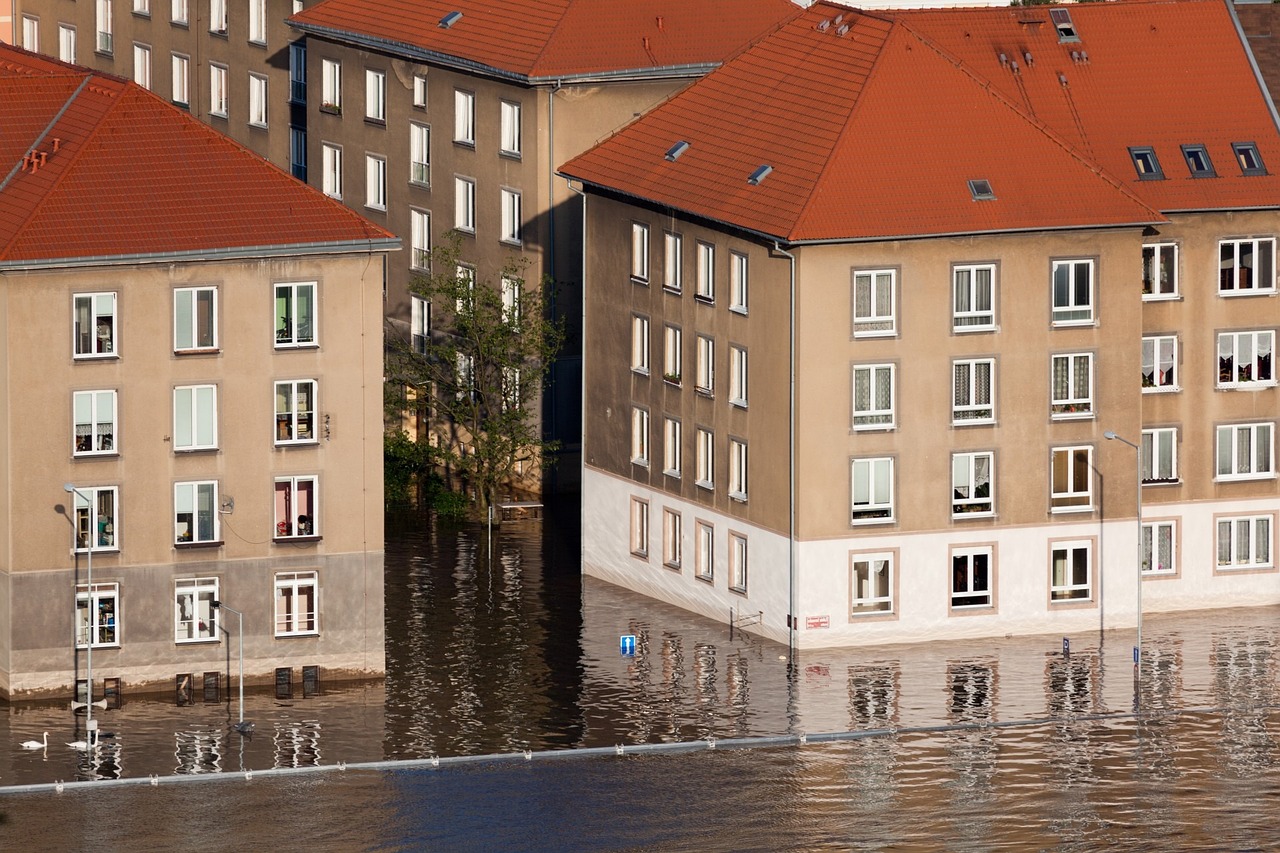
Accessing Emergency Services
When disaster strikes, knowing how to access emergency services can be the difference between chaos and calm. Imagine a scenario where your neighborhood is suddenly engulfed in a natural disaster—be it a hurricane, earthquake, or wildfire. In such moments, your ability to swiftly connect with emergency responders can provide the crucial support you and your family need. But how do you ensure you're prepared to reach out for help when it matters most?
Firstly, it's essential to familiarize yourself with the local emergency numbers. While dialing 911 is a universal call for help in many places, some regions may have specific numbers for fire, police, or medical emergencies. Make it a habit to keep a list of these numbers accessible, perhaps on your fridge or in your emergency kit. In addition, consider saving these contacts in your phone under a dedicated group labeled "Emergency Contacts." This way, in the heat of the moment, you won't waste precious seconds searching for the right number.
Moreover, understanding the various services available can empower you during a crisis. Here’s a brief overview of the types of emergency services you might need:
| Service Type | Contact Number | When to Use |
|---|---|---|
| Police | 911 | For crimes in progress, suspicious activity, or public safety threats. |
| Fire Department | 911 | For fires, hazardous material spills, or rescues. |
| Medical Emergency | 911 | For serious health emergencies requiring immediate assistance. |
| Poison Control | 1-800-222-1222 | For suspected poisoning or exposure to toxic substances. |
In addition to knowing the numbers, having a plan for how to communicate with emergency services is vital. In the event of a widespread disaster, phone lines can become overwhelmed. Consider utilizing text messages or social media as alternatives to voice calls. Texting can often get through when voice calls can't, and many emergency services now monitor social media platforms for distress signals.
Another key aspect is to ensure that your family is on the same page regarding emergency services. Conduct regular drills that include practice calls to emergency numbers, discussing what information to provide, and understanding how to describe your location accurately. This practice can help reduce panic and confusion when every second counts.
Lastly, don't forget to stay informed about local emergency services and their capabilities. Many communities have websites or social media pages where they share updates, resources, and tips for residents. By staying connected, you can ensure that you're not only prepared for emergencies but also aware of the support systems available in your area.
- What should I do if I can't reach emergency services? Try alternative methods such as texting or using social media to alert someone who can help.
- How can I prepare my children to contact emergency services? Teach them how to use a phone and what information they need to provide, including their location and the nature of the emergency.
- Are there any apps that can help during emergencies? Yes, many apps provide real-time alerts and can connect you to emergency services; examples include FEMA and Red Cross apps.
Frequently Asked Questions
- What types of disasters should I prepare for?
When it comes to disaster preparedness, it's crucial to consider both natural and man-made disasters. Common types include hurricanes, earthquakes, floods, wildfires, and even power outages or chemical spills. Understanding the risks in your area can help you tailor your emergency plans effectively.
- How can I create an effective emergency plan?
Creating an effective emergency plan involves several key components. Start by identifying communication strategies, such as how you will contact each other during a disaster. Designate meeting points and ensure everyone knows evacuation routes. Practice your plan regularly to ensure everyone is familiar with it.
- What should I include in my emergency kit?
Your emergency kit should contain essential items to sustain you and your family for at least 72 hours. Include water, non-perishable food, first aid supplies, flashlights, batteries, and any necessary medications. Don't forget important documents and a battery-powered radio for updates.
- How often should I assess my home for safety?
It's a good idea to conduct a home safety assessment at least once a year, or after any significant changes to your home or local environment. Regular assessments help identify vulnerabilities and ensure your safety measures are up-to-date, giving you peace of mind.
- What are some ways to secure my property?
Securing your property can involve several strategies, such as reinforcing doors and windows, installing security cameras, and maintaining your landscaping to eliminate hiding spots. Additionally, consider investing in flood barriers or fire-resistant materials if you live in high-risk areas.
- How can I find local preparedness groups?
Finding local preparedness groups can be as simple as searching online or checking with community centers and local government websites. Social media platforms often have groups dedicated to disaster preparedness where you can connect with like-minded individuals and gain valuable resources.
- What should I do to access emergency services during a disaster?
To access emergency services during a disaster, familiarize yourself with the local emergency numbers and protocols. Keep a list of important contacts handy, and ensure your phone is charged and functional. In some cases, local authorities may provide updates through social media or community alerts.



















